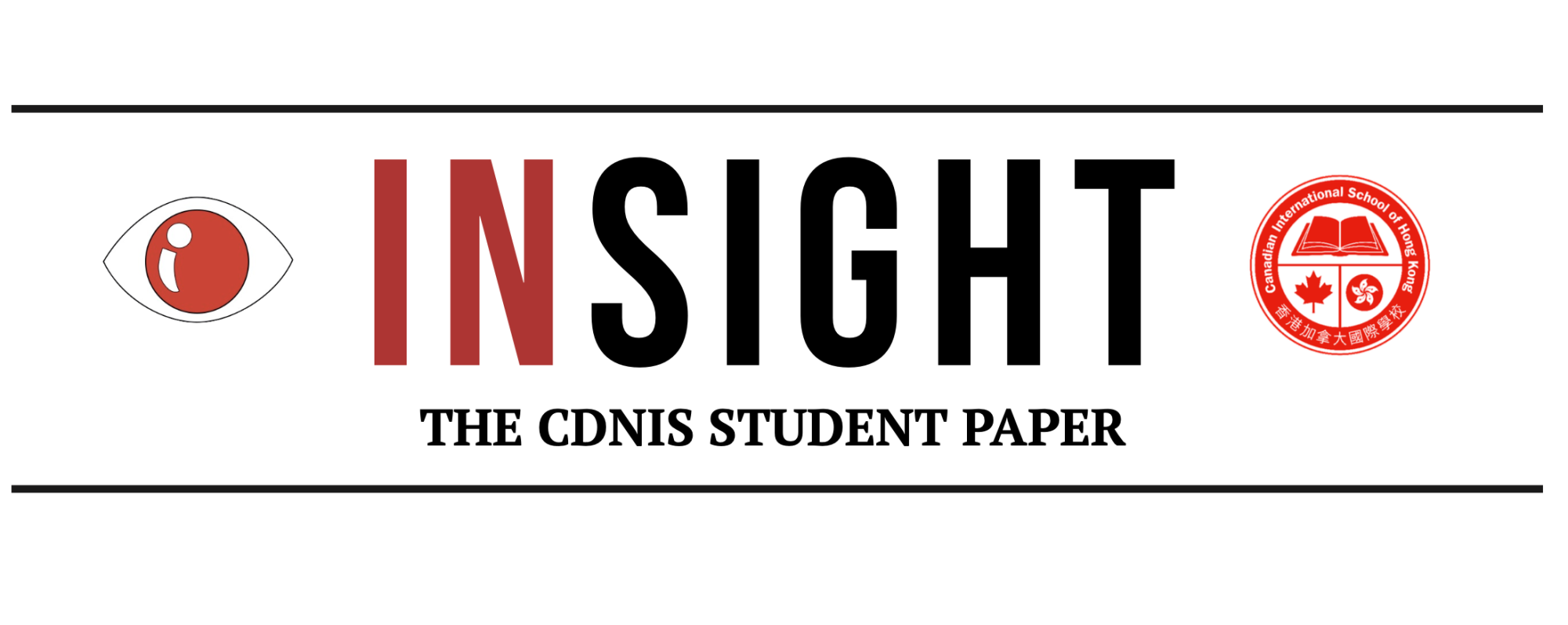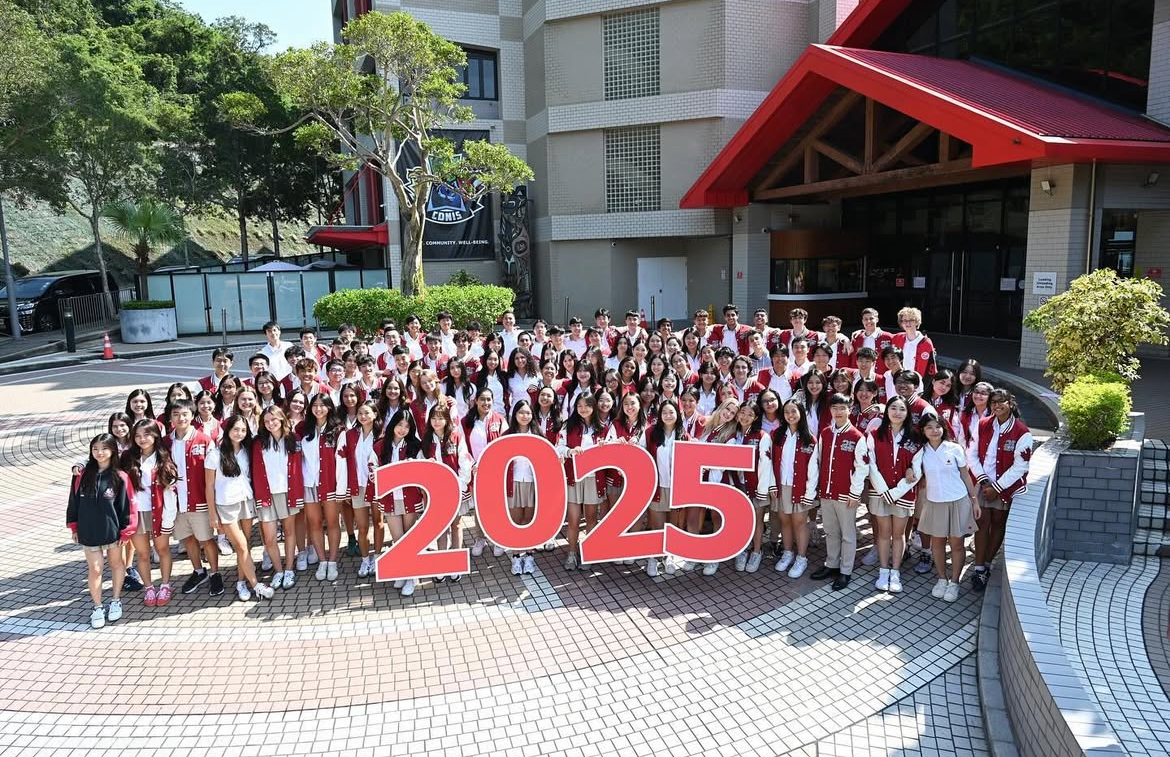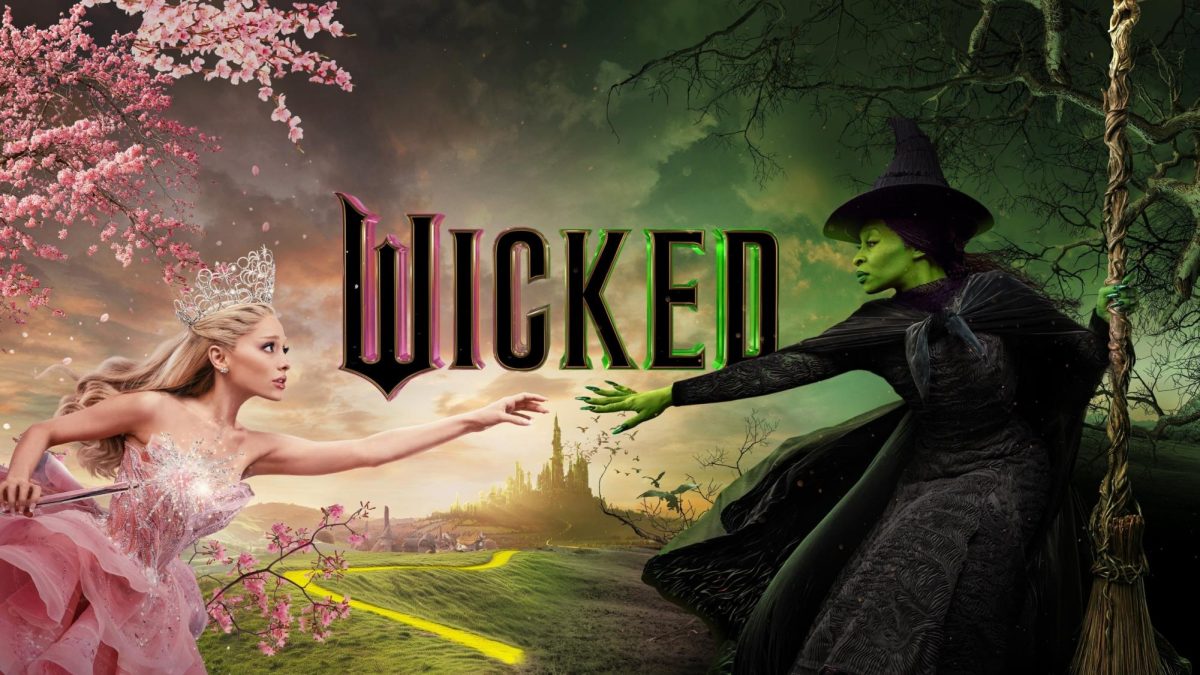With the COVID-19 pandemic chapter of our lives quickly coming to a close, most aspects of society have started returning to normal, one of which being the film industry. Coming off a very successful period in cinema, many hoped the industry would return to this caliber. While the industry is still thriving from the artistic and financial perspectives, this new period has seen several apparent aftermaths after the pandemic.
Film Industry Strikes
Recently, there have been a variety of strikes in the film industry caused by workers feeling underpaid and trying to fight back against studios, the rise of AI, as well as health and safety issues. At the time of writing, the Writers’ Guild Association (WGA) strikes have concluded, as studios agreed with the association. However, the actors’ strikes are ongoing. These strikes originated starting from the latter half of the pandemic after most of the industry went on a hiatus, leading to a lot of the workforce becoming unemployed. While these issues have occurred for a long while, the pandemic aggravated these emotions. Another cause of a displeased workforce was the high demand for visual effects and inhumane working conditions for visual effects artists, an issue that can be linked to the rise in streaming services.
Rise of Streaming
As the pandemic reached its peak in 2020, restrictions tightened worldwide, with social distancing being one of the many regulations enforced globally that caused a surfeit of movie theatres to close temporarily. These closures sparked the rise of streaming services online; Netflix, Disney+, HBO Max and others allowed people at home to enjoy entertainment at any time. In fact, subscriptions to these platforms increased by over 50% that year. However, as the streaming services gained subscriptions, the opposite performance was seen in movie theatres: box office sales declined by 35% from pre-pandemic years. The recovery has been slow, with people only starting to show an interest in in-cinema entertainment again.
These trends have pressured studios to create an influx in content, yet are constantly criticized by fans who believe that this content is either unnecessary or subpar. The Marvel Cinematic Universe and Star Wars franchise are examples of this, with series and shows released at a rushed pace; unfortunately, the quality has not aligned with the quantity. People, in turn, believe that these productions are “theme park movies”, focusing more on money and gaining larger audiences.
Rise of Animation
Some genres of film suffered while others thrived: animation, a genre requiring little-to-no interaction between employees during the process of creating, was the optimal go-to amidst pandemic restrictions at offices. Animators and storyboard artists could work remotely to do their jobs.
Famous writer and director Jorge Gutiérrez spoke of the flexibility of animation, commenting: “It’s a remote business and there are no sets — everybody’s drawing… it all comes together on the computer. So we’re kind of set up for this…”
With consumer trends in the animation medium skyrocketing, the demand for more was apparent, encouraging studios to continuously feed into this genre, largely seen in Disney Pixar’s many releases like “Luca”, “Encanto”, “Soul”, “Elementals” and many others. However, with the tight scheduling of film releases, over 80% of animators suffered in 2020, as a consequence of overworking and underpayment, both barriers to high-quality work. Nonetheless, besides movies, many iconic TV shows such as “Bob’s Burgers” and “The Simpsons” continued to deliver weekly episodes as the most secure way for large studios to gain profit. As a result, animation continued to rise as a genre, adding more variety to cinema today.
With consumer trends in the animation medium skyrocketing, the demand for more was apparent, encouraging studios to continuously feed into this genre, largely seen in Disney Pixar’s many releases like “Luca”, “Encanto”, “Soul”, “Elementals” and many others. However, with the tight scheduling of film releases, over 80% of animators suffered in 2020, as a consequence of overworking and underpayment, both barriers to high-quality work. Nonetheless, besides movies, many iconic TV shows such as “Bob’s Burgers” and “The Simpsons” continued to deliver weekly episodes as the most secure way for large studios to gain profit. As a result, animation continued to rise as a genre, adding more variety to cinema today.
































